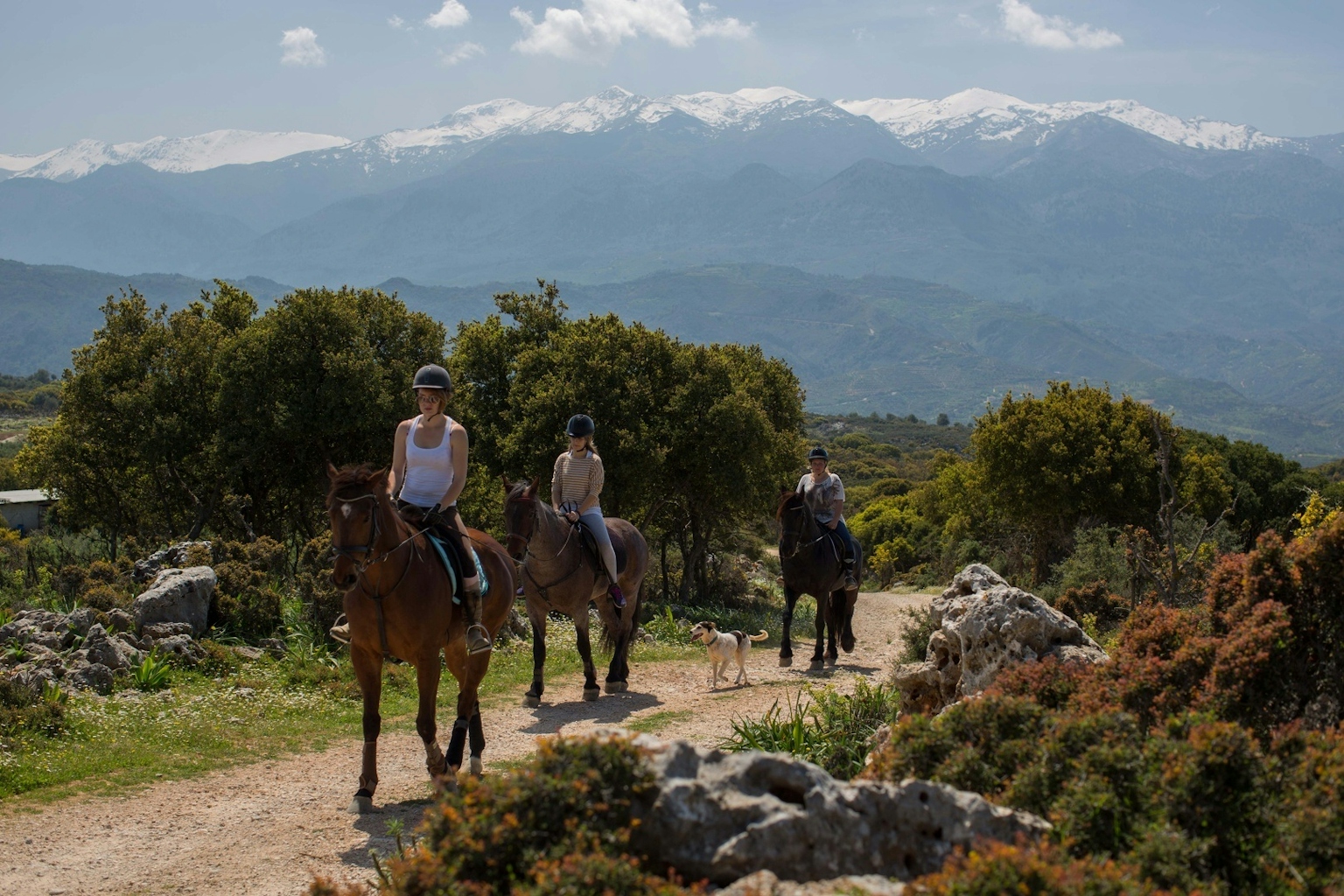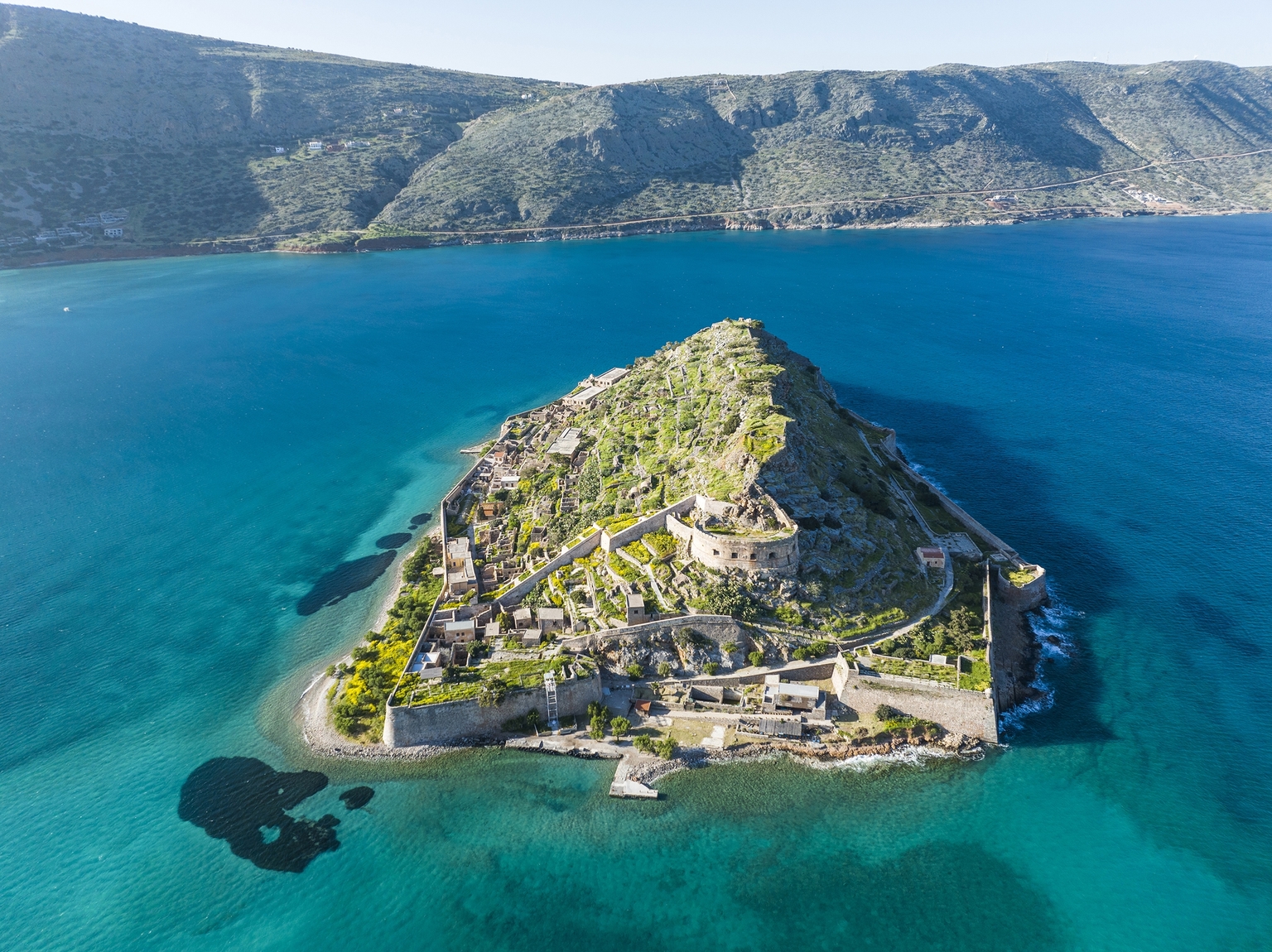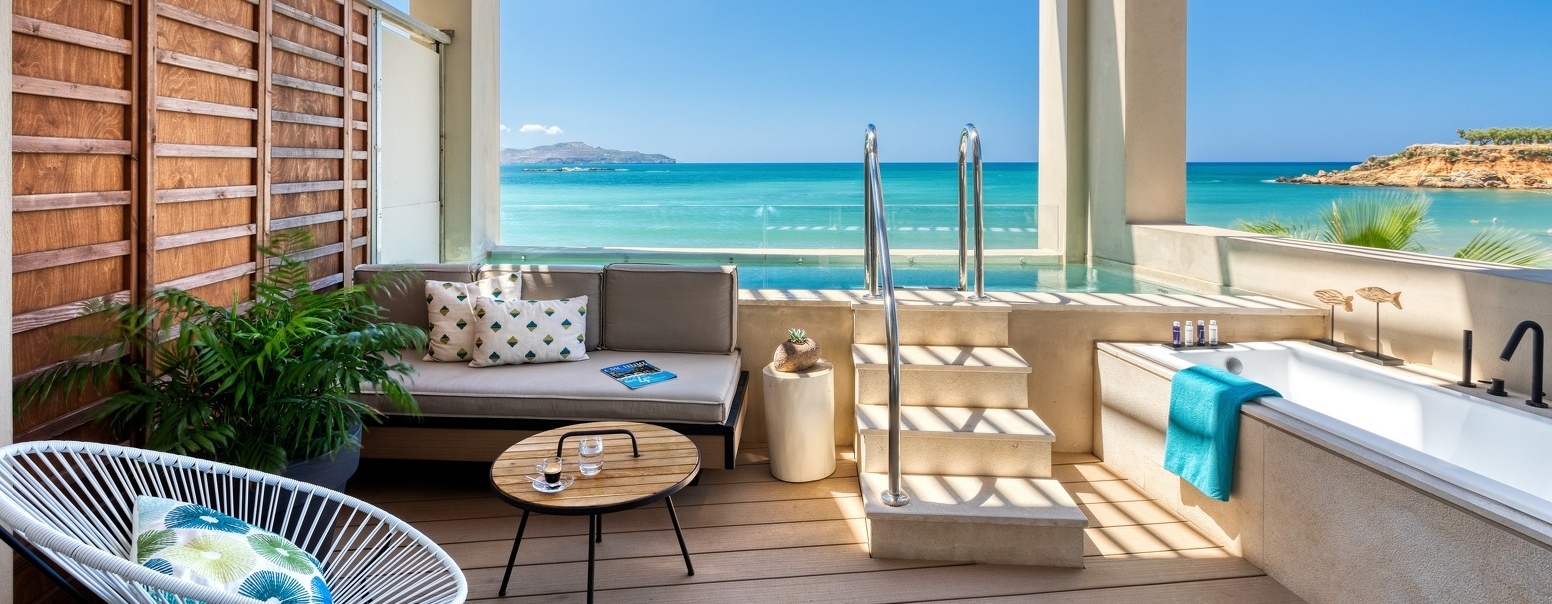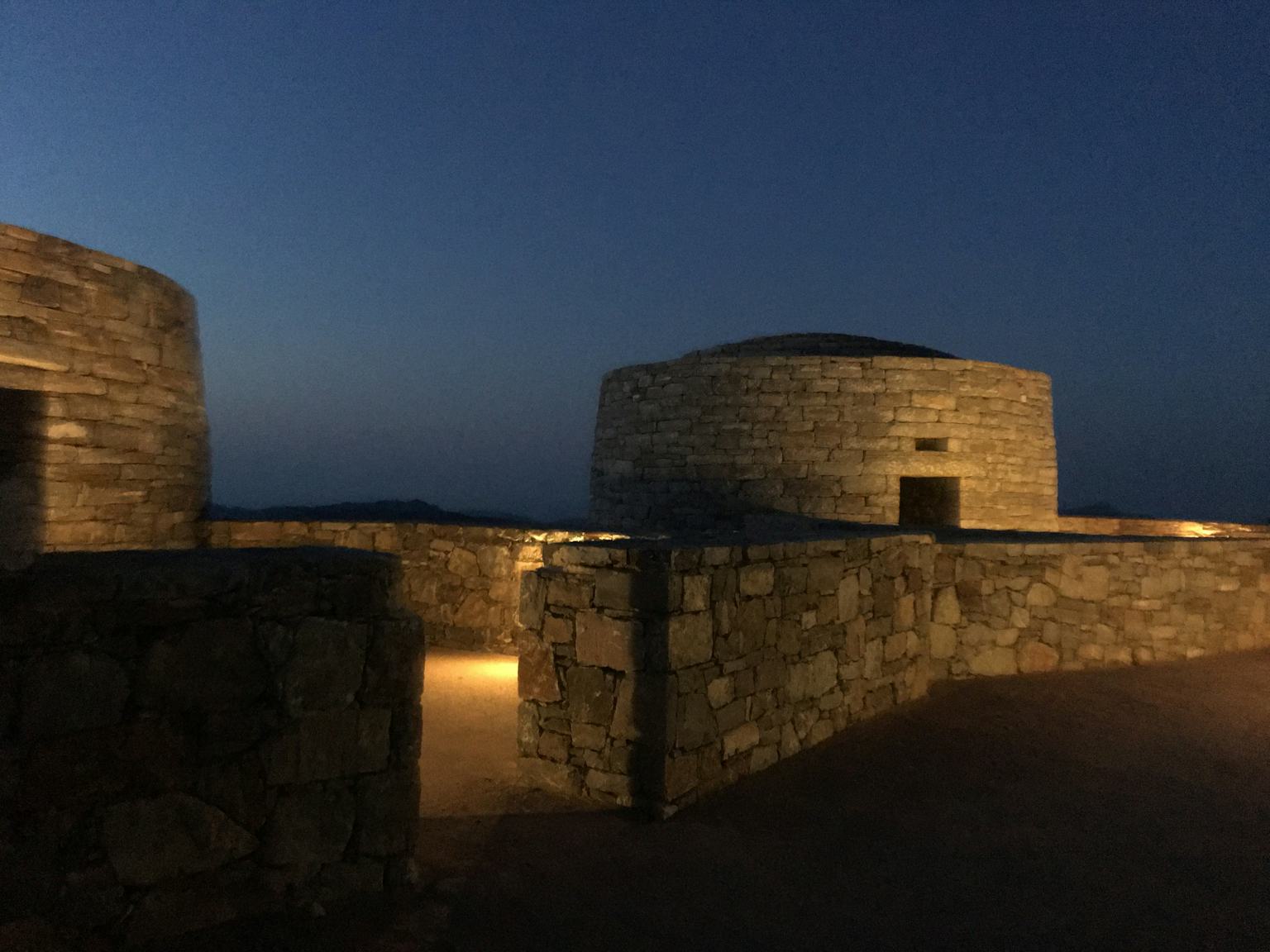Kapsa Monastery
Kapsa Monastery
Art & Culture
ABOUT
Kapsa Monastery is dedicated to St John the Forerunner (Agios Ioannis Prodromos). The monastery is built on a slope overlooking the Libyan Sea, next to the exit of the Pervolakia Gorge, at an altitude of approximately 60 metres.
The church of the monastery is a two-aisled, cave-like structure. One aisle is dedicated to St John the Forerunner and the other to the Holy Trinity. It features a distinctive floor made of pebbles arranged in various patterns and religious symbols. In the 2011 census, the monastery was listed as a distinct settlement of 2 inhabitants.
It appears that hermits and monks from the Byzantine period had settled in the area. It is possible that during the Venetian period there was a small monastery in the area, which likely fell into decline following pirate raids.
The monastery was revived in the mid-19th century by the ascetic Joseph Gerontogiannis. His grandson continued his work. In 1900 the monastery was dissolved and annexed to the Toplou Monastery. During the occupation of Greece, the monastery provided assistance to the allied forces, leading to its evacuation. However, after the end of the war, the monks returned and the monastery was eventually restored in 2005-2006.
A path leads from the monastery to the cave where the monk Gerontogiannis used to live.
Information/Photo 2 from: Wikipedia
Photo 1: Charkoutsis,G. / Natural History Museum of Crete – University of Crete
see also
Search
for
— things to do or a local business
Trends



































